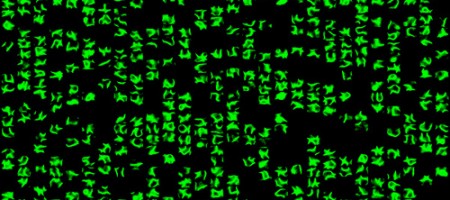Editors’ Note: “Graphs, Maps, and Trees: Imagining the Future of Public Interfaces to Cultural Heritage Collections” is a working group meeting at the National Council on Public History this weekend. Leading up to the event, participants have contributed a variety of proposals, discussions, reports,and analysis to the blog Visualizing the Past. Three of the most recent contributions are listed below.
- Sheila Brennan, “I Want to Use Your Collections”
I love Joan’s post, because it gets at many issues I have been working through both professionally with the Omeka project and also through my own research that relies on access to cultural heritage collections for analysis….
As Joan mentioned, I have proposed that making more material culture collections available in online formats may help to better integrate those types of sources and approaches to interpreting the past into history and humanities scholarship. And that the longer museum collections are missing from the digital world, their collections and these approaches could be marginalized again.
Last fall I suggested that I would investigate how well digital cultural heritage collections were being utilized by researchers. Turns out this was harder than I expected. But from my very initial research it seems that scholarly writing does not cite a lot of cultural material available online. This has led me to some questions for the group – some you’ve probably already considered, but maybe a few new ones worth thinking through together.
- Mark Tebeau, “Visualizing Oral History?”
The oxymoron embedded in the title reveals the contradiction behind any attempt to “visualize” oral history for historical curation. One could argue that oral history, and sound, more broadly, are such fundamentally aural experiences that they can’t be visualized at all. Even so, for historians, the meaning and magic of oral history has been long hidden behind the veil of the visual. Typically this has happened through representing oral history as text transcription or encased in long-form video interviews. Sadly, such presentation prioritizes one sense–sight–above the others. This point was clearly made in the emergence of sensory history and has more recently been emphasized by oral historians seeking to recover the meanings embedded in the aural experience and expression.

